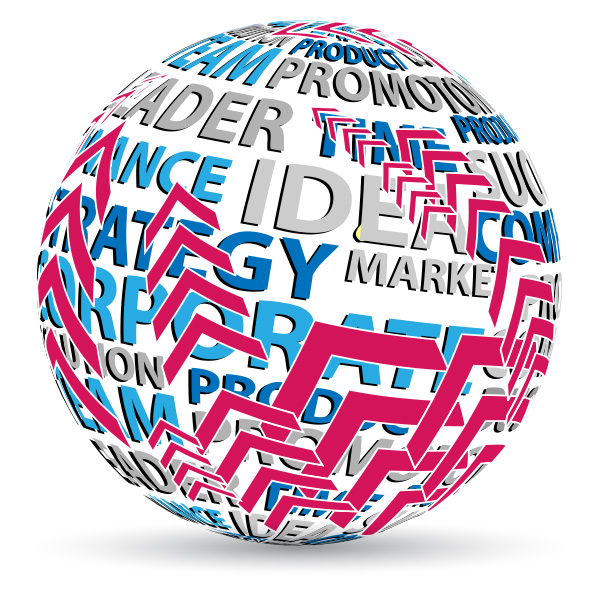On-page Optimizations For Organic SEO
 Optimizing a webpage for SEO (Search Engine Optimization) involves making strategic changes and improvements to various elements of the page to enhance its visibility and ranking in search engine results. The goal is to make the webpage more attractive and relevant to search engines, ultimately driving organic traffic and improving the user experience. Here are key aspects of webpage optimization for SEO:
Optimizing a webpage for SEO (Search Engine Optimization) involves making strategic changes and improvements to various elements of the page to enhance its visibility and ranking in search engine results. The goal is to make the webpage more attractive and relevant to search engines, ultimately driving organic traffic and improving the user experience. Here are key aspects of webpage optimization for SEO:
Keyword Research and Integration:
Research: Identify relevant keywords that your target audience is likely to use in search queries.
Integration: Strategically incorporate these keywords into the page’s title, headers, meta tags, and content.
Title Tag Optimization:
Clarity and Relevance: Craft a concise and compelling title tag that clearly communicates the page’s content and includes important keywords.
Length: Keep the title tag within the recommended character limit to ensure full visibility in search results.
Meta Description Optimization:
Compelling Description: Write a compelling meta description that summarizes the page’s content and encourages clicks.
Relevance: Include relevant keywords naturally to increase the page’s relevance to search queries.
Header Tags (H1, H2, H3, etc.):
Hierarchy: Structure content with appropriate header tags to create a logical hierarchy for both users and search engines.
Keyword Usage: Include relevant keywords in header tags, providing context about the page’s main topics.
URL Structure:
Clean and Descriptive: Create clean, descriptive URLs that include relevant keywords and provide a clear indication of the page’s content.
Avoid Parameters: Minimize the use of unnecessary parameters in URLs.
Content Quality and Relevance:
High-Quality Content: Produce informative, valuable, and engaging content that satisfies user intent.
Keyword Density: Maintain a natural keyword density, avoiding keyword stuffing, and focusing on providing useful information.
Images and Alt Text:
Optimized Images: Compress and optimize images for faster loading times.
Alt Text: Include descriptive alt text for images, incorporating relevant keywords when applicable.
Internal and External Linking:
Internal Links: Establish a logical internal linking structure to guide users and search engines to related content within your website.
External Links: Include reputable external links to authoritative sources, enhancing the credibility and context of your content.
Mobile Optimization:
Responsive Design: Ensure your webpage is mobile-friendly and has a responsive design that adapts to various screen sizes.
Mobile Page Speed: Optimize page speed for mobile users, as it directly impacts user experience and search rankings.
User Experience (UX):
Page Speed: Optimize loading times to enhance user experience and meet search engine expectations.
Readability: Use legible fonts and maintain a clear layout to improve readability.
Schema Markup:
Structured Data: Implement schema markup to provide additional context to search engines about the content on your page.
Rich Snippets: Increase the chances of displaying rich snippets in search results.
Social Media Integration:
Open Graph Tags: Implement Open Graph tags to control how your content appears when shared on social media platforms.
Social Signals: Encourage social sharing to potentially boost your page’s visibility.
Regular Monitoring and Updates:
Analytics: Use web analytics tools to monitor the performance of your webpage and identify areas for improvement.
Algorithm Updates: Stay informed about search engine algorithm updates and adjust your strategy accordingly.
Optimizing a webpage for SEO is an ongoing process that requires a holistic approach, combining technical, content-related, and user experience considerations. By focusing on these elements, you can enhance your webpage’s visibility, attract organic traffic, and provide a positive experience for both users and search engines.
Case Study: Hamilton Sports is dominating the competition with consistent rankings in the top 2 positions for competitive and relevant keyword phrases such as “Aspen Ski Shop”. This was achieved in part thanks to on-page optimization and results in much of their ski rental fleet being consistently rented by new customers obtained online.
Roaring Media consults with Extreme Exposure Promotions to keep up to date on the latest in organic SEO.

